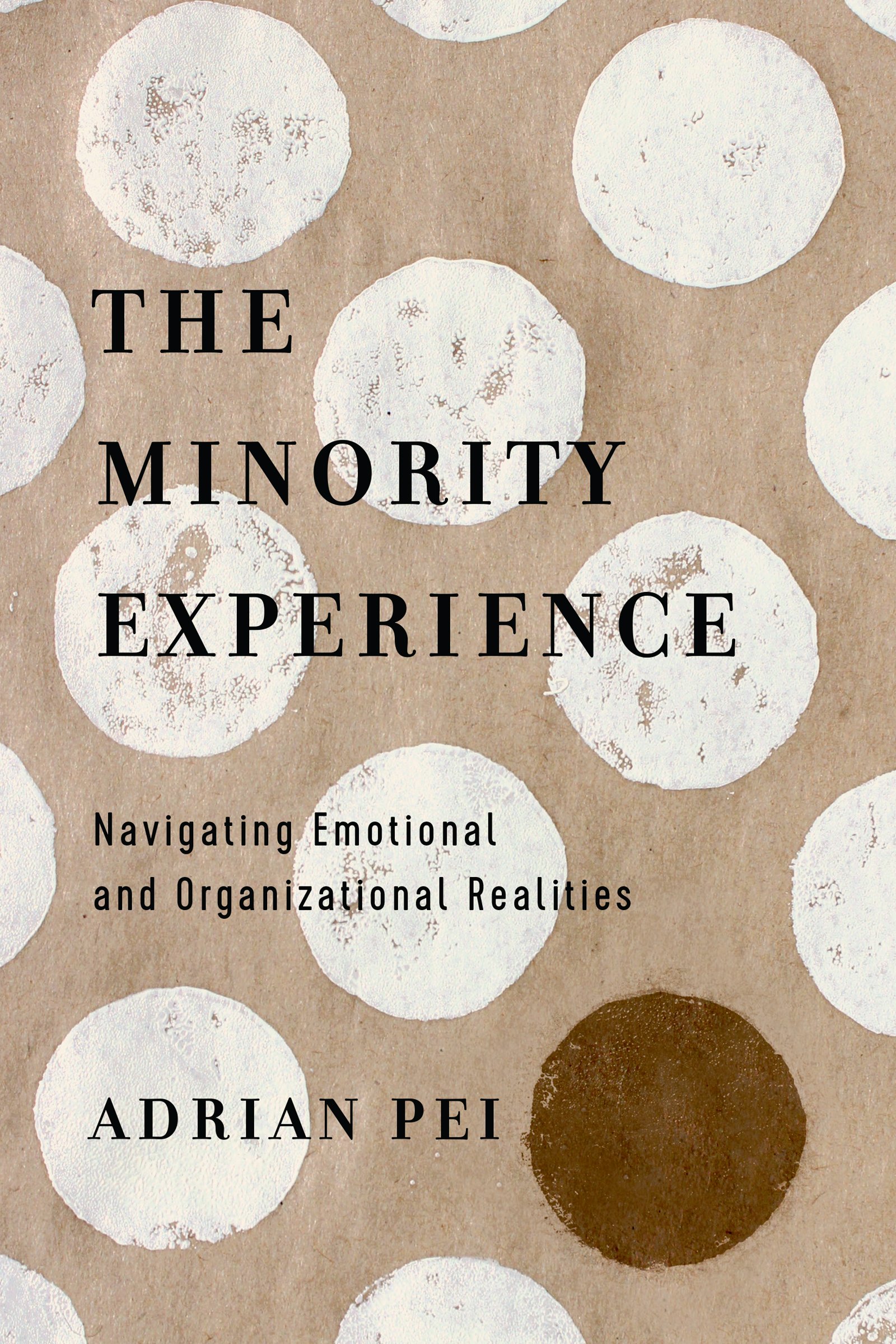The Minority Experience: Navigating Emotional and Organizational Realities

As someone who has lived the minority experience and also involved in intercultural training, I was very interested to read Adrian Pei’s The Minority Experience when it first came out in September of 2018. I was curious to see how he uncovered and processed the pain, power dynamics and past history that shape the minority experience. Most of all, I was aching for someone to tell our story - the story of those who find themselves constantly being missed, misunderstood, and silenced in majority-culture contexts.
In his book, Pei, an organizational consultant and former director of leadership development in the campus ministry of Cru, addresses the emotional realities of the ethnic minority experience and provides some practical principles for how organizations can move in the direction of diversity. While Pei’s main goal is to help readers, both minorities and those who work with them, understand and work towards redeeming the minority experience so that all may flourish, he describes his primary audience as “ethnic minorities who have wrestled in any way with finding their place in society, or within a majority-white organization” (p.3). The book also comes with a helpful study guide with reflection and discussion questions.
One of Pei’s astute observations hits at the heart of the matter, “In the most blunt and pragmatic sense, diversity is optional to many white organizations, because their historical success has not relied on it” (p.102). He goes on further to say that diversity often becomes an optional side-project when “diversity initiatives are simplified to training classes or delegated to one department (e.g. Diversity and Inclusion)” (p.119). This remark greatly challenged my understanding of my work as an intercultural trainer. While training is a good starting point, the end goal must go beyond individuals becoming more culturally aware of others. In fact, Pei says organizations from top to bottom need to “start talking about and listening to stories of minority pain” (p.46). It is only through “acknowledging the pains and injustices of power from the past” that healing and restoration can come about (p.38).
While I appreciate learning about the social and historical context of the United States described in Pei’s book, as an ethnic minority in Canada, I am aware of some of the nuances of the Canadian minority experience and hope that more work will be done to document those in the future. I would recommend The Minority Experience to anyone who has lived and breathed the minority experience - this book says “I see your pain”. I would recommend this book to organizational leaders who think diversity and inclusion are good principles but need concrete examples and information about practical steps to move in that direction.

